Why Do Dogs Sunbathe? (Dog Laying in Sun Explained)
On a hot summer’s day, the last place you’d think to find your dog sprawled out in total bliss and panting away is in direct sunlight in 90-degree heat.
Yet some dogs, like humans, have the makings of a bona fide beach bum. These are the dogs that would choose to lie in the sun all day even if shady spots are available. Or funnier yet, they choose to bake themselves in the sun for a few minutes, then go into the shade to cool down, and then go back into the sun!
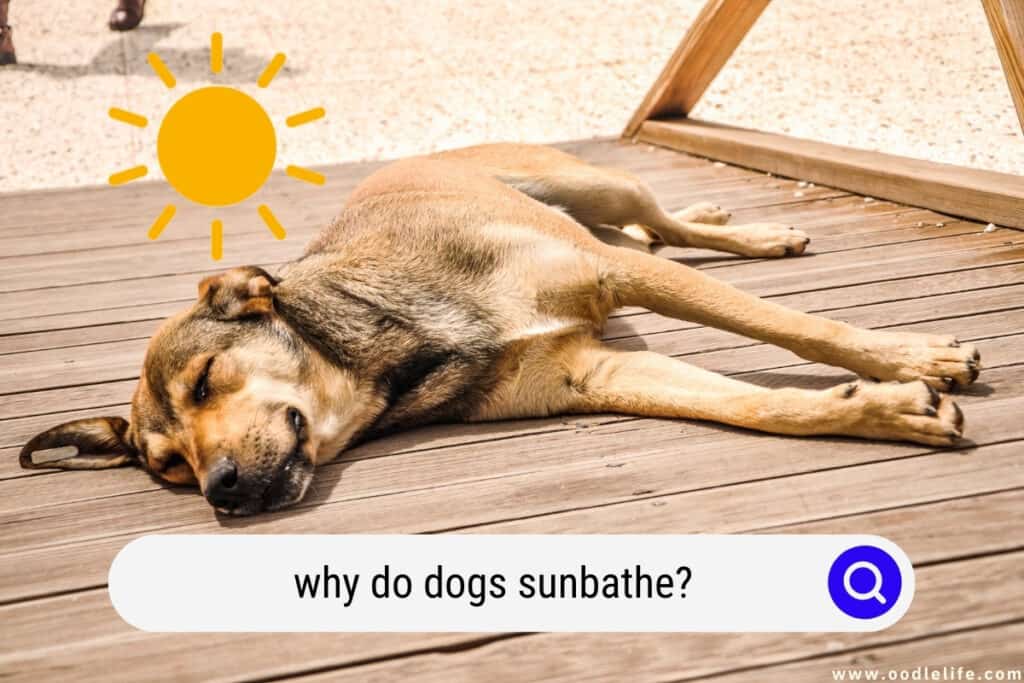
Akin to humans slapping on sunblock and lying in strong, direct sunlight for hours on end, some dogs were just made for the heat.
But is it good for them? Are there any dangers? In this blog post, we’ll look at why some dogs are simply sun-seekers, and what you’ll need to look out for if you have a UV-ray lovin’ dog.
Health Benefits of Laying In The Sun
There are several health benefits of sun exposure, in moderate amounts of course!
1. Better Sleep Quality
Exposure to sunlight is essential for regulating your dog’s sleep-wake cycle. The brain produces the hormone melatonin in response to darkness, which makes them feel sleepy. Sunlight exposure during the day helps to suppress melatonin production, keeping them awake and alert.
By spending time outdoors in natural light during the day, your dog can enjoy better sleep quality at night and get the rest they need.

2. The Sun Is Warming
The sun’s warm, comforting embrace is not for everyone! Some dogs are just sun-lovers that want nothing more than to bask in the sun all day, while others pant and drool their way around in the attempt to cool themselves down.
Dog breeds like Huskies and Malamutes that are made for colder climates might avoid the sun like the plague. These northern dogs have thick double coats that are meant to insulate them against the cold. Those same coats are what can cause a dog to overheat in the sun.
You’re likely to find dogs with thick coats hiding in the shade, especially during the hottest times of the day.
However, dog breeds with short, single coats like Chihuahuas and Pit Bull Terriers tend to love the heat and basking in it. Chihuahuas originated from Mexico, a hot climate, while the short, thin coat of the Pit Bull was made for heat.

3. The Heat Can Alleviate Pain
Senior dogs and dogs with joint problems can benefit from sunbathing. The sun’s heat can increase blood circulation, reduce inflammation, and alleviate the pain of arthritis and other conditions.
Keep in mind that senior dogs are also more prone to overheating, so watch them carefully!
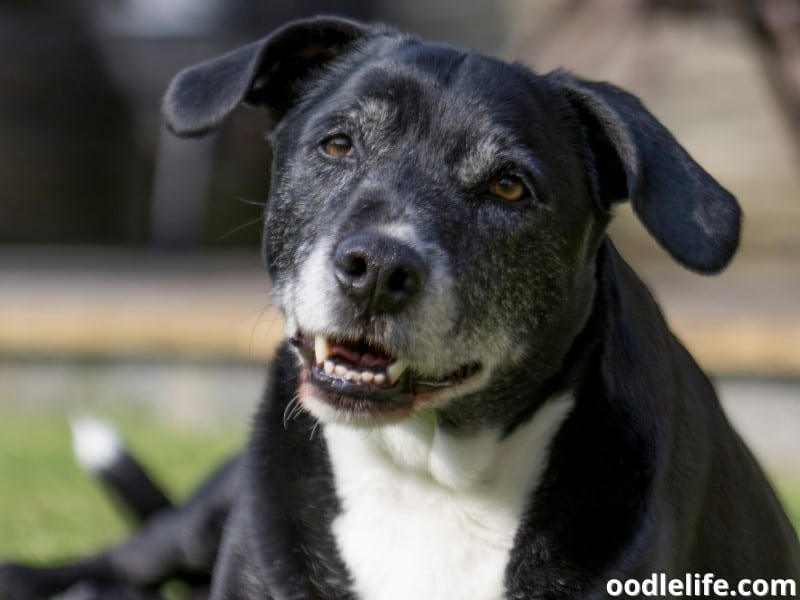
4. The Sun Lifts Your Dog’s Mood
The sun is not only good for humans but dogs as well. Dogs are pack animals and love company, so being cooped up inside all day can be depressing for them. Getting some sun can improve their mood by making them feel more connected to the world.
In addition, sun exposure can lead to an increase in serotonin, a neurotransmitter that plays an important role in regulating mood. Serotonin levels are typically higher in humans during the summer months and lower in the winter, which may help to explain why some people experience seasonal affective disorder (SAD).
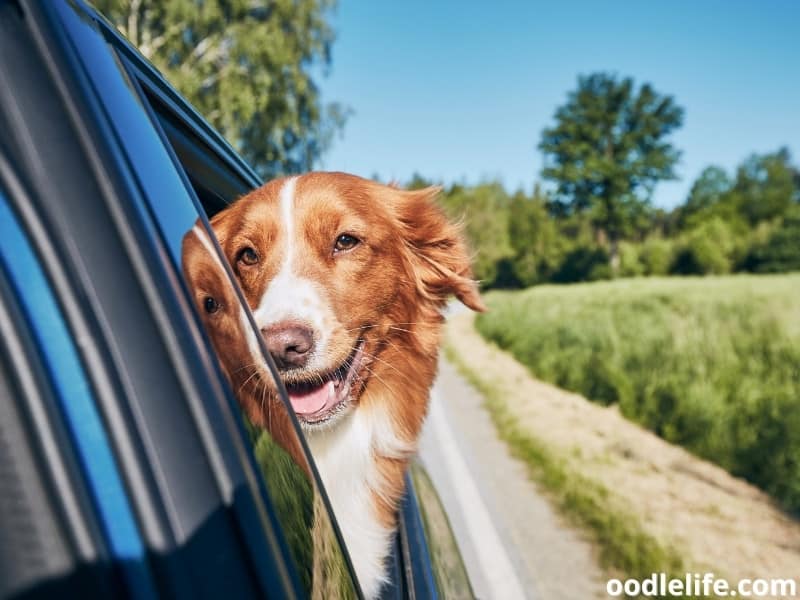
5. The Sun Increases Vitamin D
Sunlight also helps the body produce vitamin D, which is essential for good health. Vitamin D is an essential nutrient that helps the body absorb calcium and phosphate, both of which are needed for strong bones and teeth.
Vitamin D can be obtained from a variety of sources, including food, supplements, and exposure to sunlight. Sunlight is by far the most efficient way to produce vitamin D, and just a few minutes of exposure each day is all that is needed.
In addition, vitamin D is thought to boost the immune system, making dogs less likely to get sick. So next time your dog is looking a little down, take him for a walk in the park and let him soak up some rays.
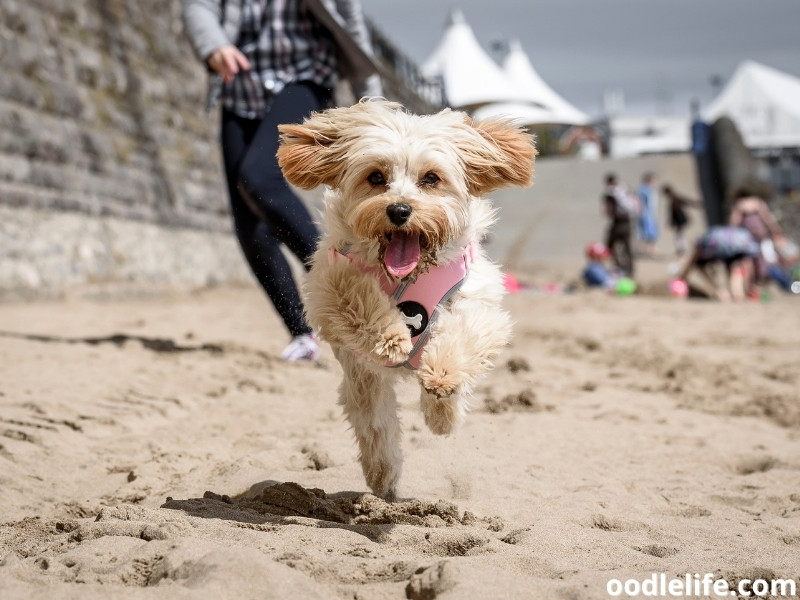
Is It Okay For Dogs To Lay In The Sun?
You’d be hard-pressed to keep a true sun-seeking dog out of the sun! However, for his own sake and safety, there are a few issues you might want to watch out for.
1. Dehydration
Dogs need water to maintain their body temperature, flush toxins from their system and lubricate their joints. Unfortunately, dogs can easily become dehydrated, especially when baking in hot weather or walking around in the sun.
Symptoms of dehydration in dogs include excessive panting, dry mouth or gums, lethargy, and sunken eyes. If left untreated, dehydration can lead to more serious health problems such as heat stroke or kidney failure.
An easy way to check quickly for dehydration is to pinch the fold of skin in between their shoulder blades gently, pull upwards, and let go. If the skin quickly springs back into place, you’re all good. However, if the skin retains the pulled shape for several moments, your dog is losing elasticity and could be dehydrated.
Dogs that are most prone to dehydration include breeds with thick coats, brachycephalic breeds like Pugs and Boxers, senior dogs, young puppies, and overweight dogs.
Therefore, it is important to know how to prevent and treat dehydration in dogs. Providing fresh, clean water at all times is the best way to prevent dehydration. For an even better treat, include ice cubes, or freeze the water in their bowl so your dog has cold water to drink all day.
If your dog is already dehydrated, you should contact your veterinarian for advice on rehydration options.
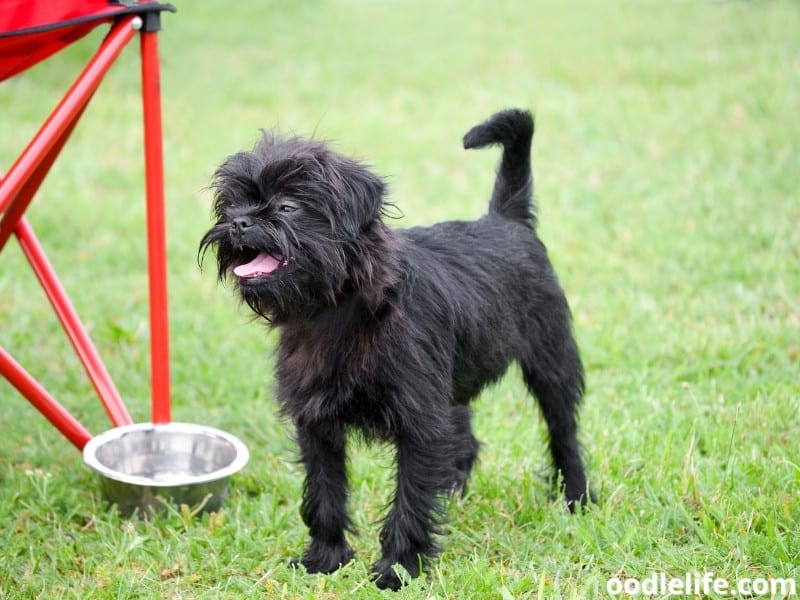
2. Heatstroke or Heat Exhaustion
Heatstroke is a very real and dangerous threat to dogs, especially during the hot summer months. Dogs are unable to sweat through their skin like humans, so they pant to cool down.
However, this process is not always effective, and dogs can easily overheat if they are left baking in the hot sun, no matter how happy they look and how much they seem to enjoy sunbathing.
When their body temperature rises too high, dogs can suffer from heatstroke, which can lead to organ damage and even death.
Dehydration is the first step toward heatstroke. Watch your dog closely for signs of dehydration and take him inside when he starts to show signs of overheating.
Symptoms of heatstroke in dogs can vary depending on the severity of the condition, but there are some common signs to look out for. If your dog is panting excessively, has a rapid heartbeat, is drooling excessively, or has difficulty walking, they may be suffering from heatstroke.
If you suspect that your dog has heatstroke, it is important to act quickly. Remove them from the source of heat and cool them down with cool water. You should also take them to the vet as soon as possible for treatment.
Heatstroke is a serious condition that can be fatal if not treated quickly.

3. Sunburn
Dogs with short hair and little or no pigmentation are the most susceptible to sunburn. Dogs with white or light-colored coats are also more likely to get sunburned. However, all dogs can get sunburned if they are exposed to strong sunlight for a long period.
Symptoms of sunburn in dogs include redness, inflammation, and pain. In severe cases, the skin may blister or peel. If your dog is showing signs of sunburn, you should seek veterinary care as soon as possible.
There are a variety of ways to prevent sunburn in dogs, including using pet-safe sunscreen and keeping them out of direct sunlight during the hottest hours of the day. By taking some simple precautions, you can help keep your dog safe from the harmful effects of the sun.
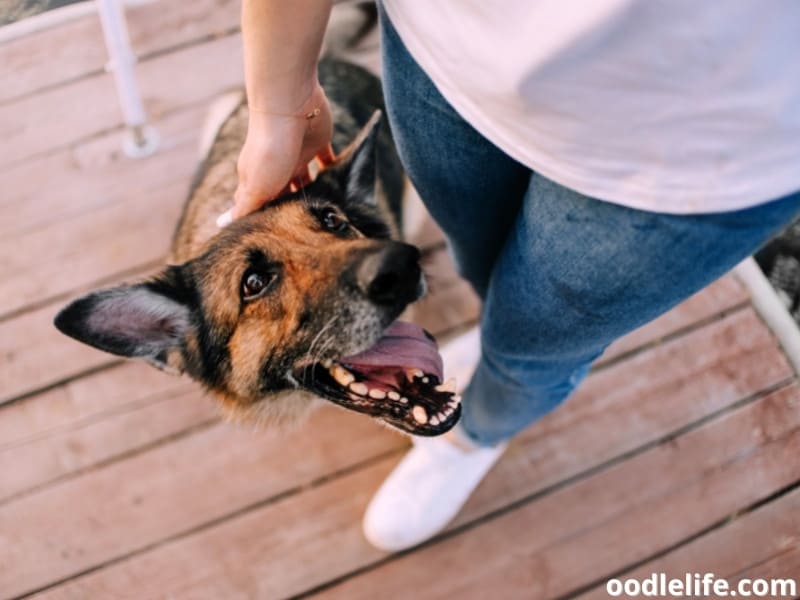
How Long Should I Let My Dog Lay In The Sun?
Dogs love basking in the warm sun, and there’s no denying that it can be a great source of relaxation for them. However, it’s important to keep an eye on how long your dog is spending in the sun. Overexposure to UV rays can lead to skin damage, including sunburns and heat-related illnesses.
It can also increase the risk of developing cancer. While all dogs are susceptible to these risks, those with lighter fur are at particularly high risk.
So, how long is too long? Generally speaking, dogs should spend no more than 15 minutes in direct sunlight at a time. If you notice your dog starting to get restless or panting excessively, it’s time to bring them inside or into the shade.
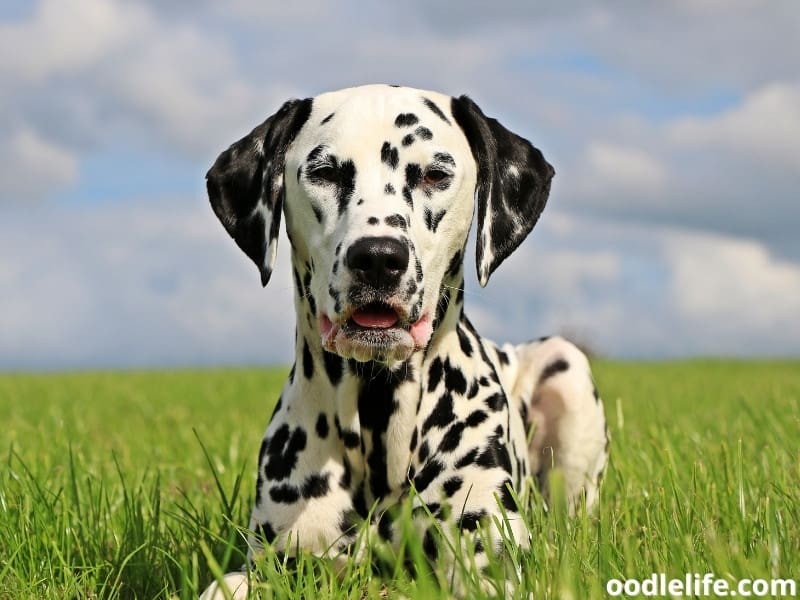
Final Thoughts
By all means, let your little beach bum bake in the sun, but make sure you have a few things that can protect your pooch.
First, apply a pet-safe sunscreen to any exposed areas, like the nose and ears. You should limit the amount of time your dog spends in direct sunlight, and make sure that he has plenty of fresh water at all times.
If you follow these simple tips, you can rest assured that your dog will enjoy many sunny days ahead – without any risk of sunburn. Enjoy the summer!